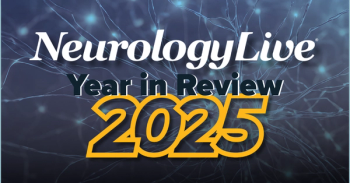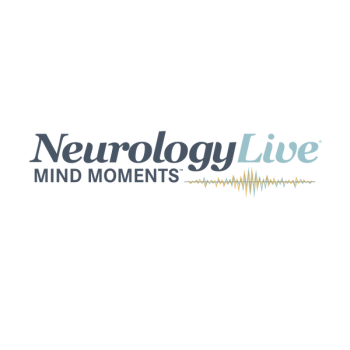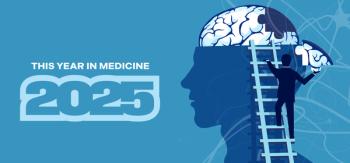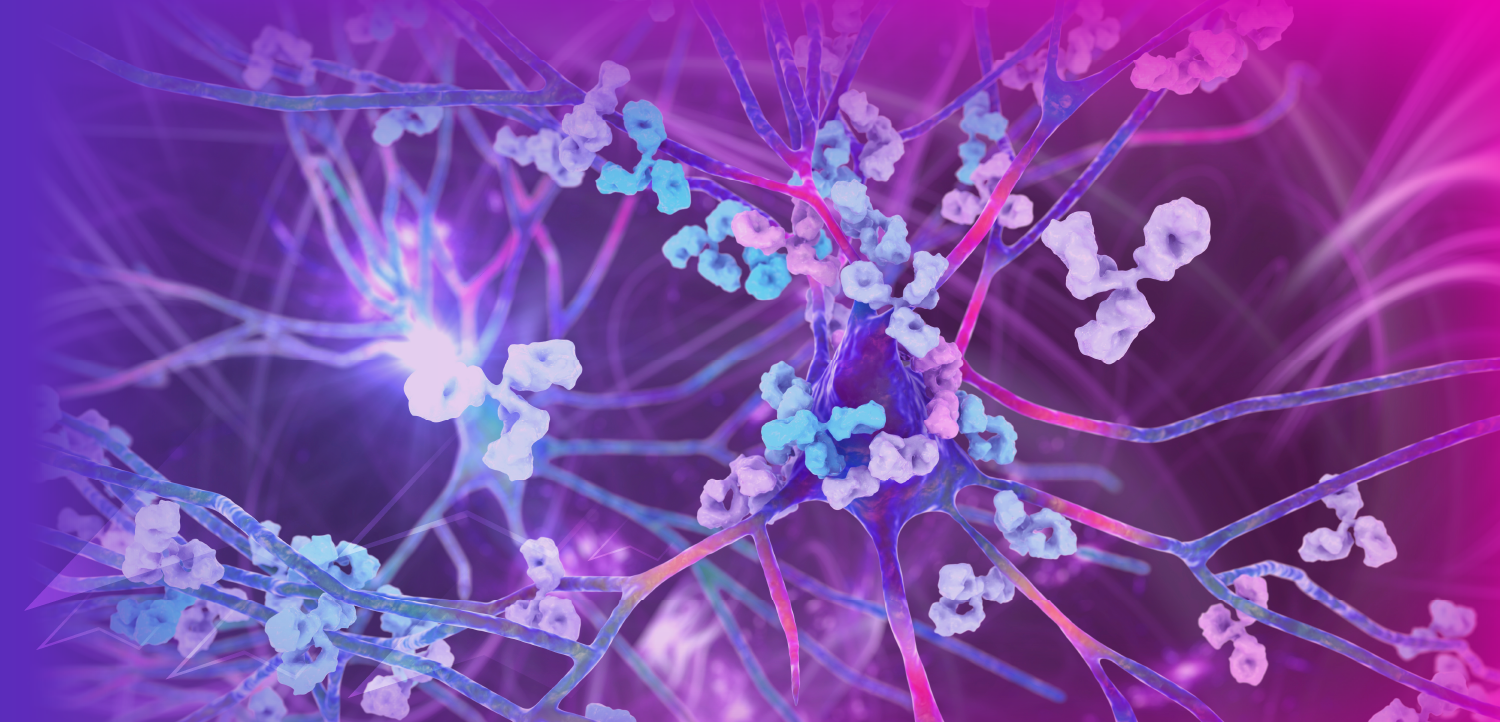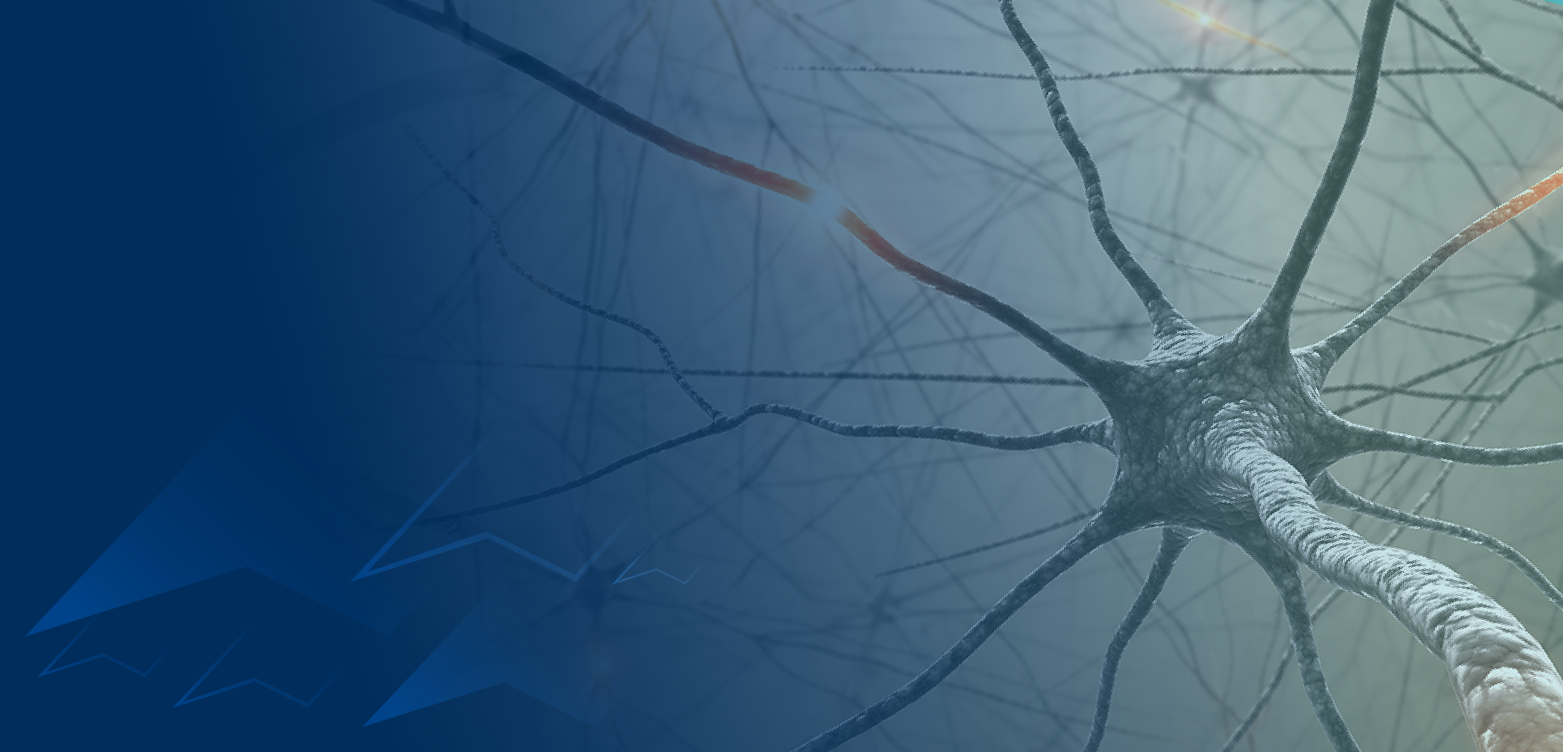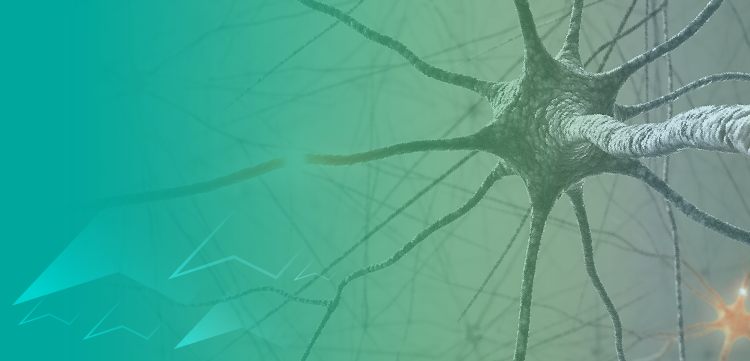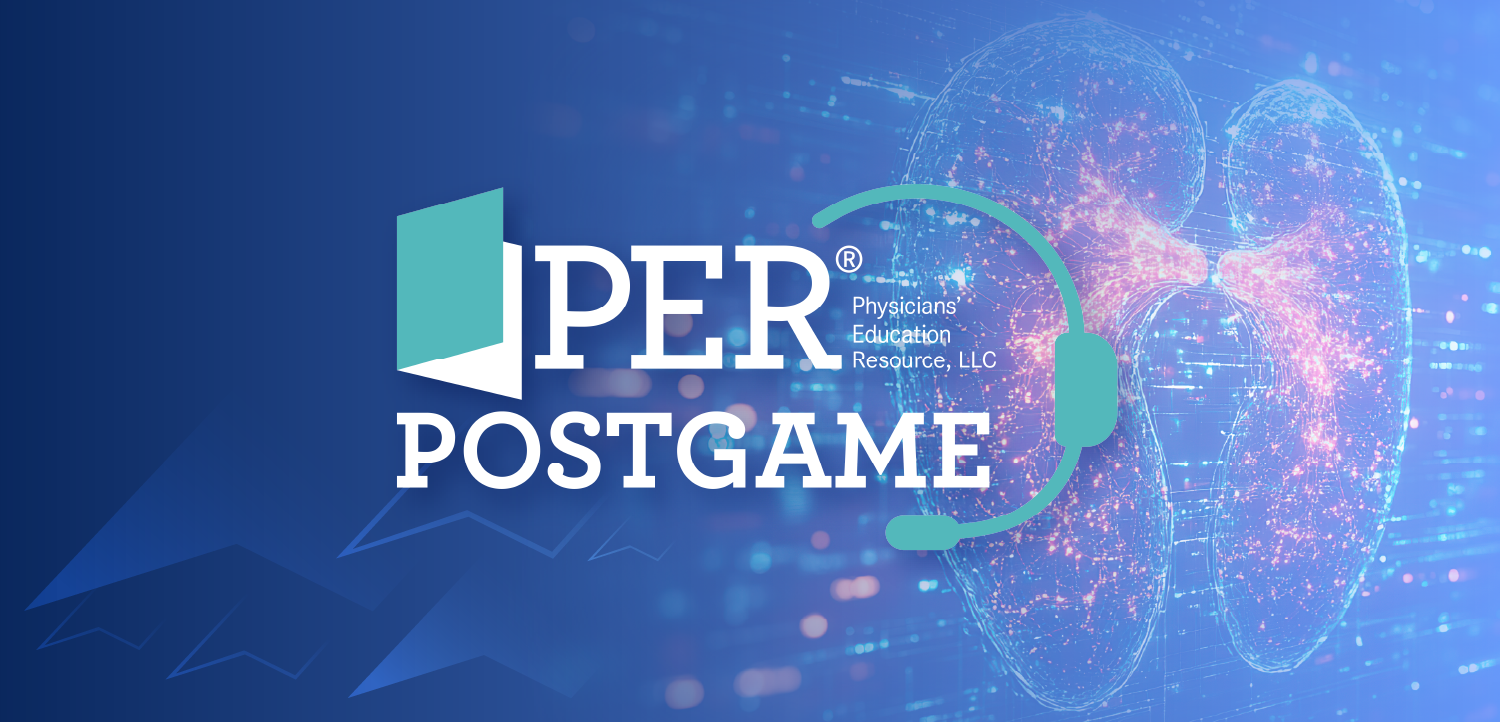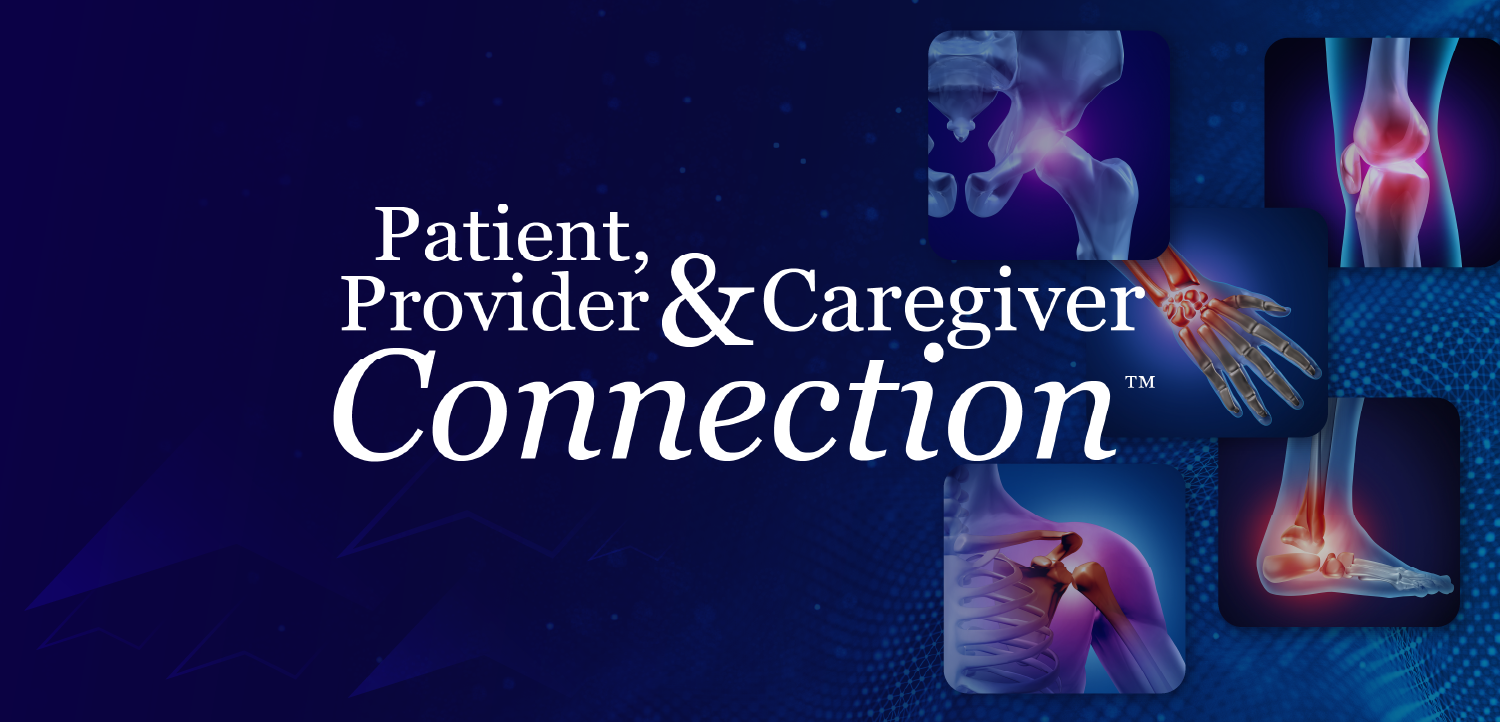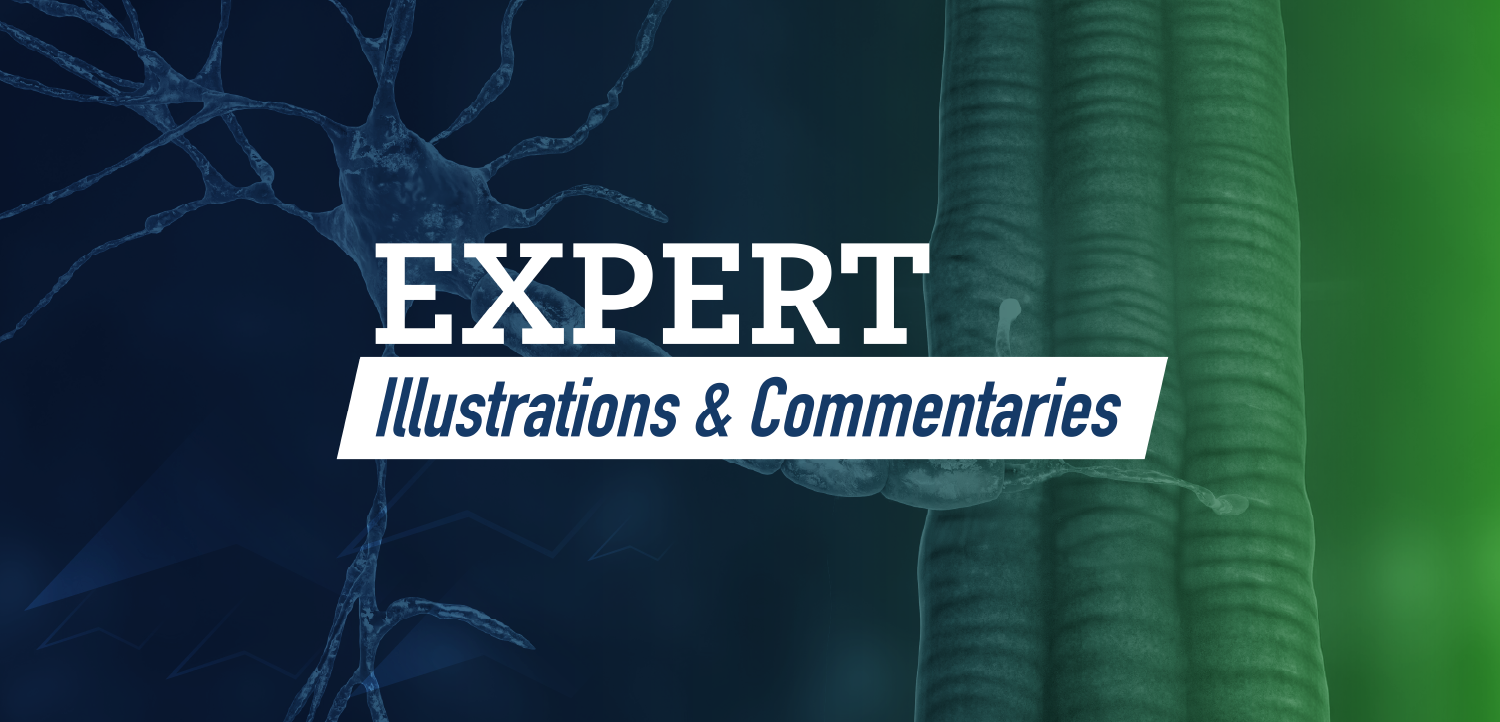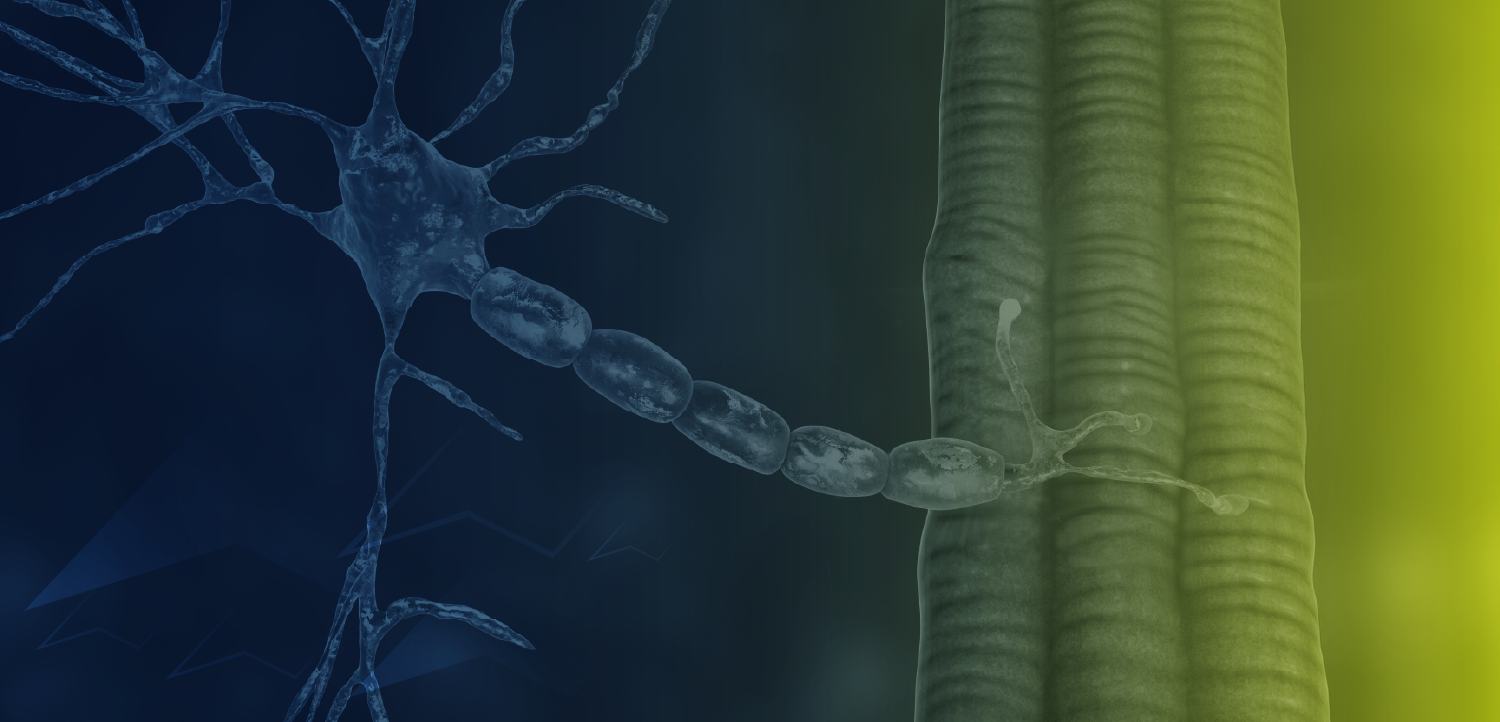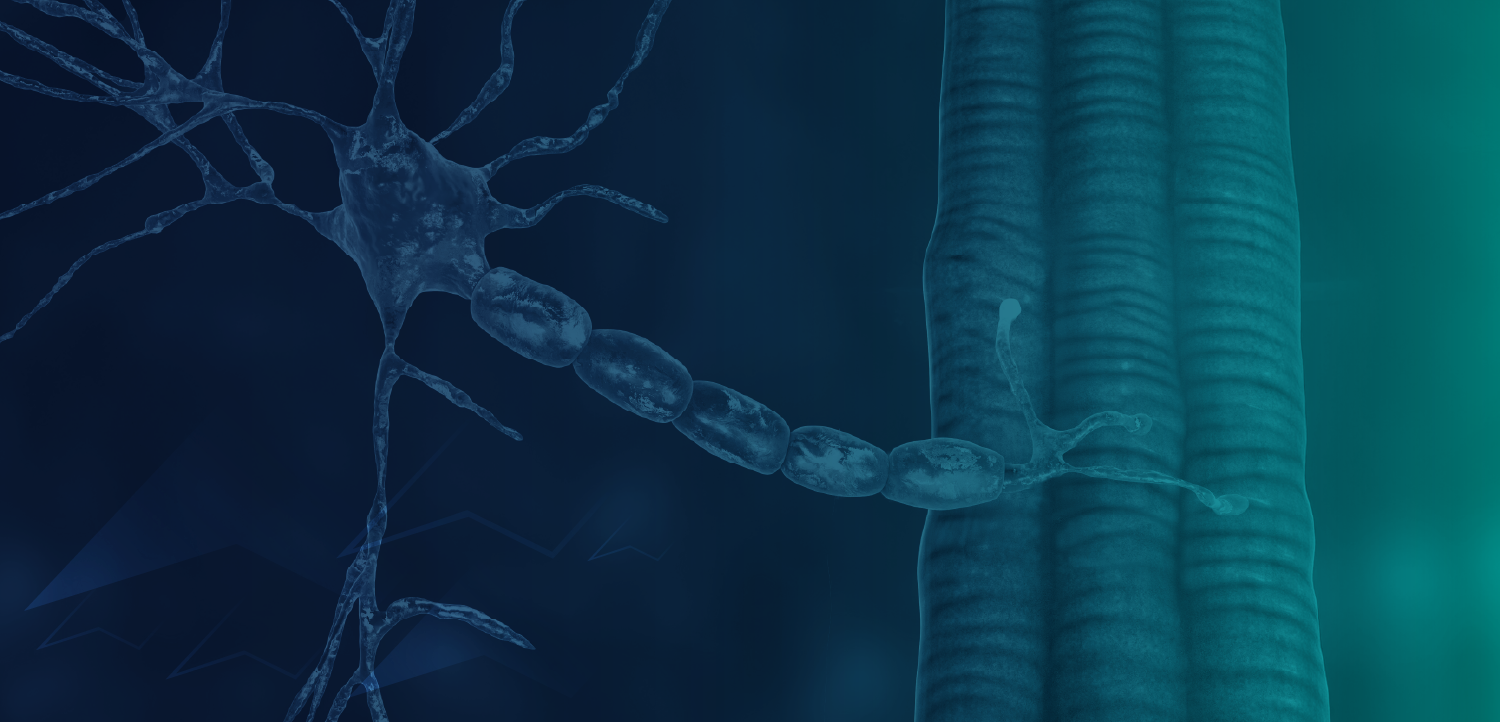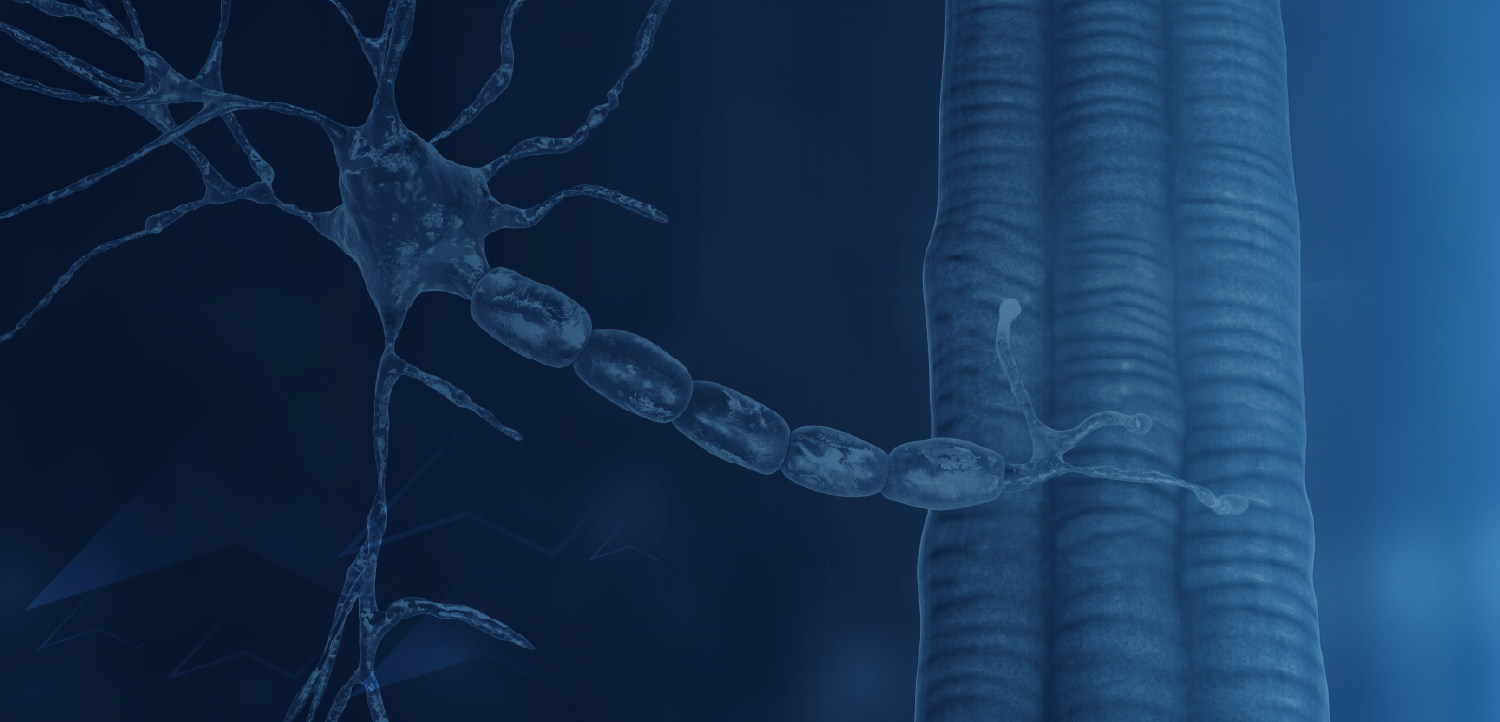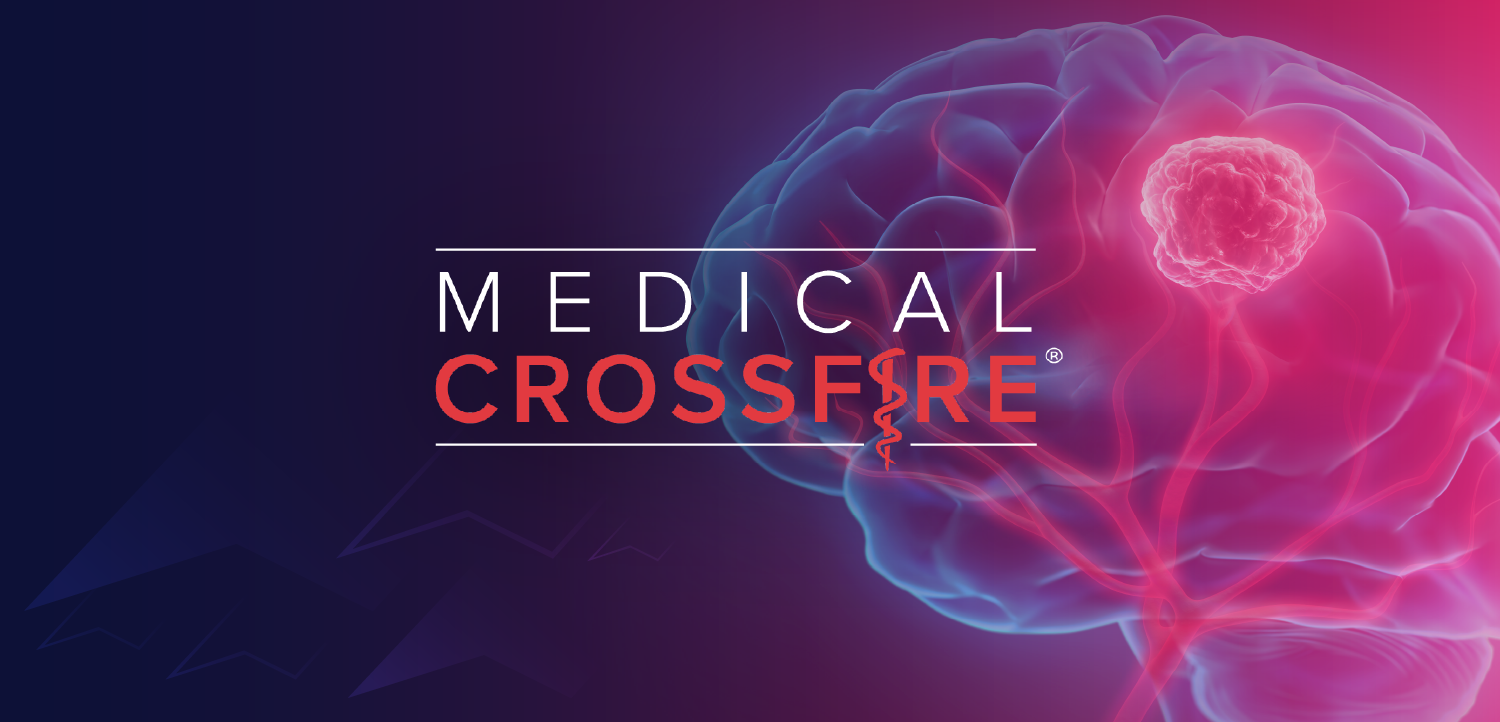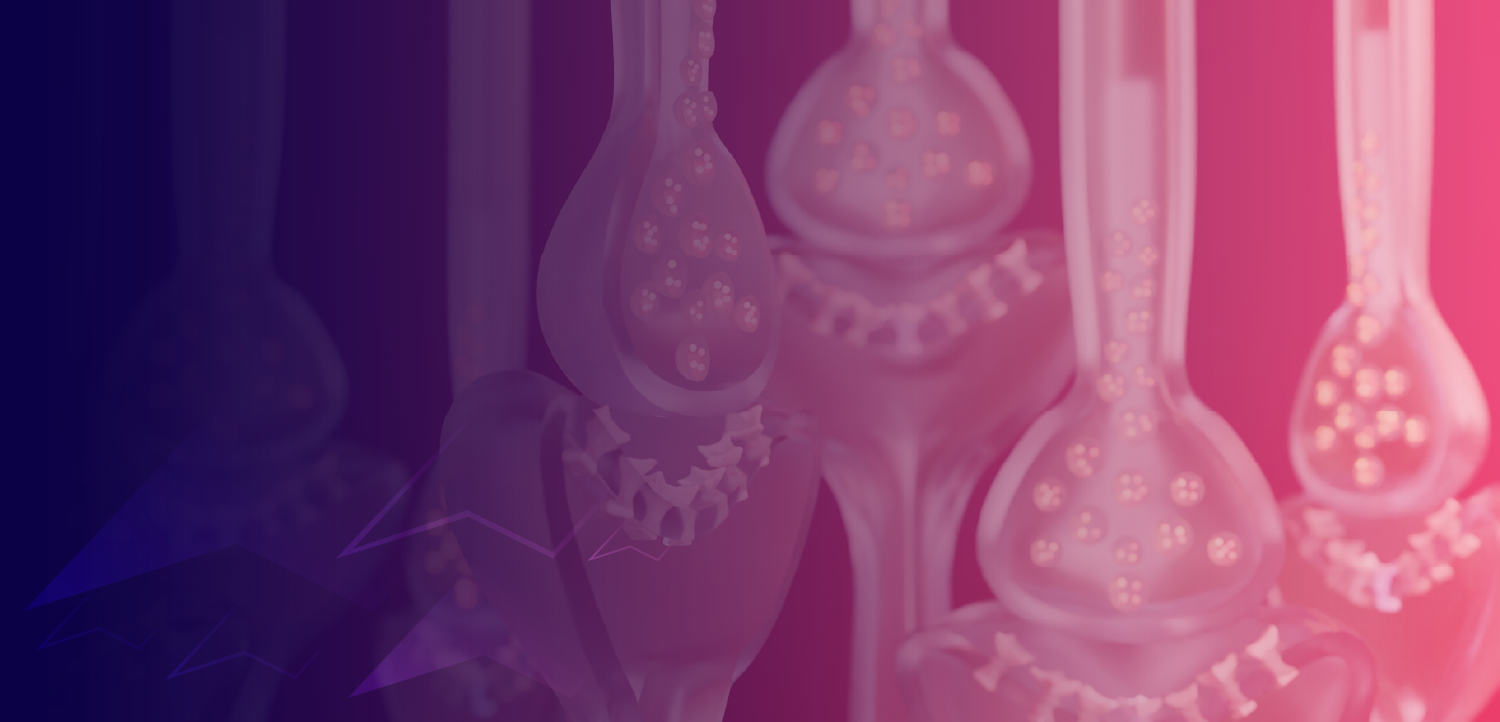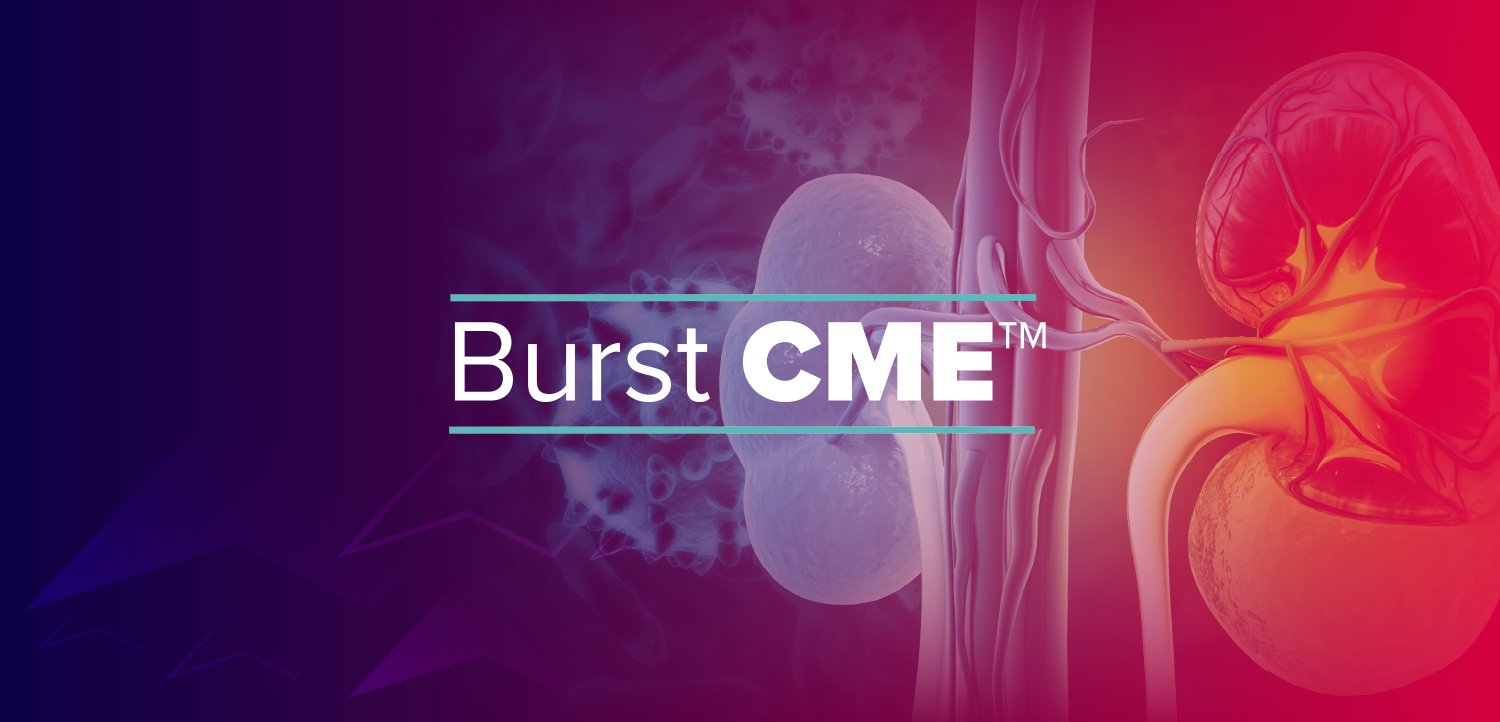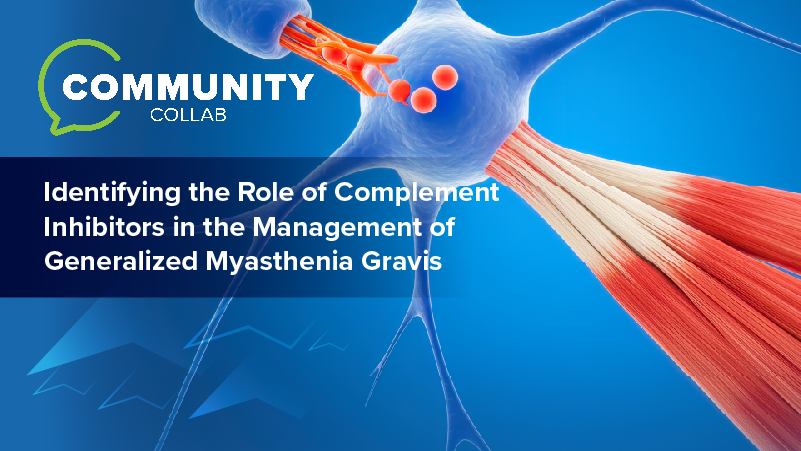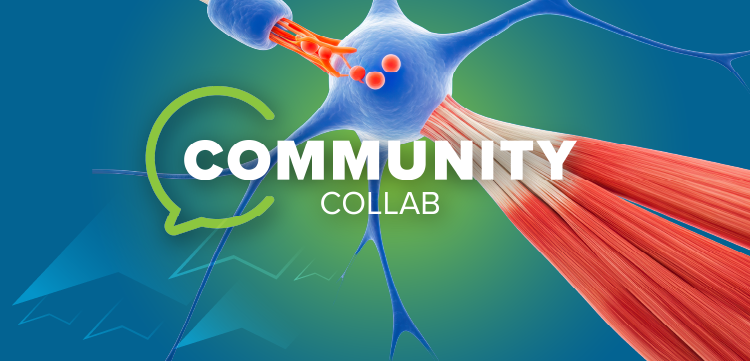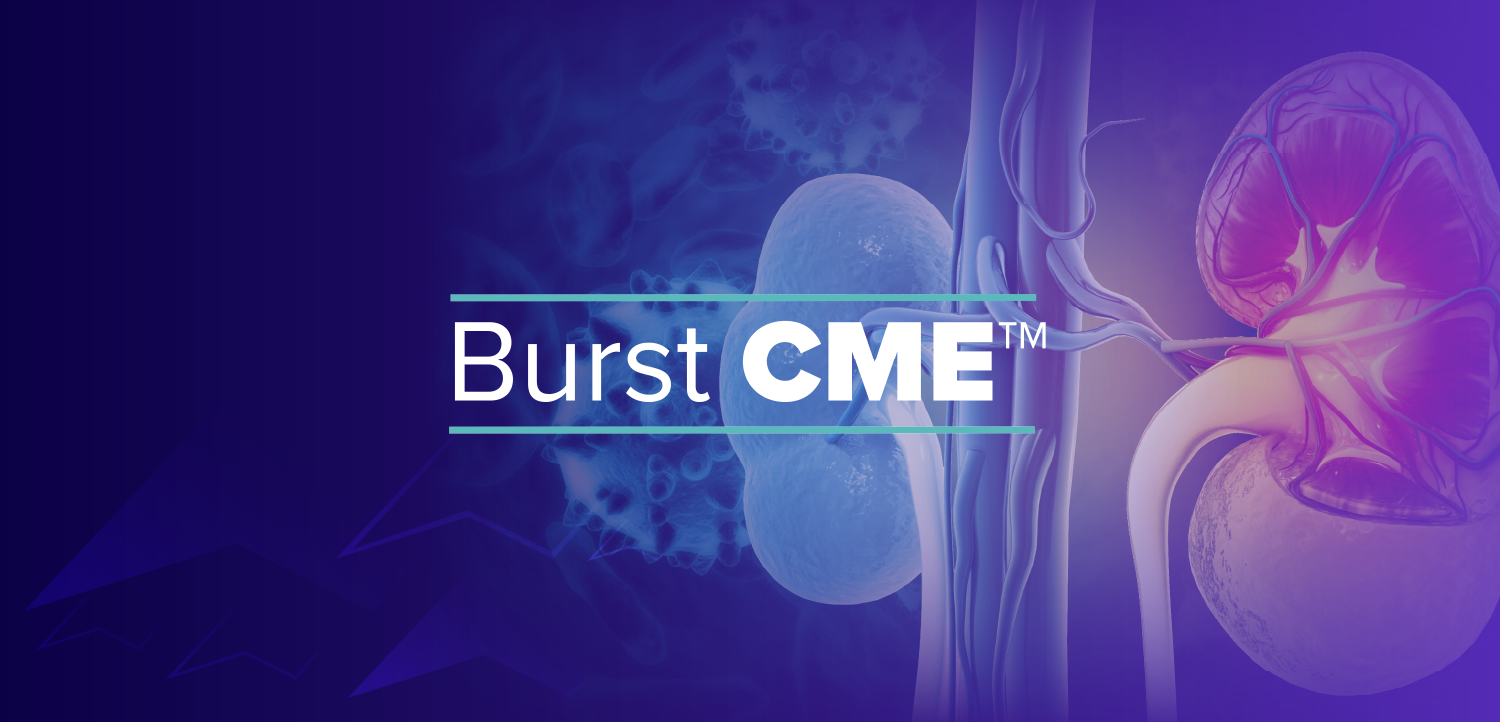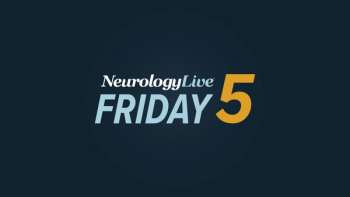
Advancements in Mechanical Thrombectomy and Imaging: A Stroke Neurologist’s Perspective
Andrei Alexandrov, MD, chair of the department of neurology at the University of Arizona College of Medicine, covered the latest advancements in stroke care from ISC 2025, from expanding thrombectomy indications to evolving imaging techniques.
The 2025
In addition to its robust educational offerings, ISC 2025 also provided an invaluable platform for networking and collaboration among healthcare professionals across diverse disciplines. With the stroke field evolving rapidly, the conference acted as a melting pot for the exchange of ideas and partnerships aimed at advancing both clinical practices and research. Whether exploring new interventional strategies or discussing the latest imaging techniques, ISC is where the future of stroke care takes shape. To delve deeper into some of the conference’s most impactful innovations and breakthroughs, NeurologyLive® sat down with Andrei Alexandrov, MD, a leading stroke neurologist and the newly appointed chair of the Department of Neurology at the University of Arizona College of Medicine, who brings a fresh perspective on the field after joining the institution in 2023.
In an interview with NeurologyLive®, Alexandrov discussed key developments at ISC 2025, focusing on expanding mechanical thrombectomy indications, particularly for medium-level occlusions. He highlighted ongoing trials assessing the safety and efficacy of this approach. The conversation also touches on the evolving role of imaging, advocating for simpler techniques like non-contrast CT to improve patient selection. Additionally, the neurologist stressed the need for more fellowship-trained providers to meet growing stroke care demands and the importance of specialized teams in keeping up with advancements in the field.
NeurologyLive: What emerging concepts or ideas from ISC 2025 excite you?
Andrei Alexandrov, MD: We are living in a world of ever-expanding indications for mechanical thrombectomy. So the main news at this Stroke Conference will be the presentation of three MeVO trials. These involve medium-level occlusions, not proximal, and this has always been viewed as pushing the envelope—how far is too far to go with the catheter? And if you can go that far, first of all, is it safe? And second, can patients do better? As we speak, a presentation of these results has just started. What we also know is that the main results, which are newsworthy, are also published in the New England Journal of Medicine. So, look up the article as soon as the presentation is done. Hopefully, we’ll see at least one of them or more in the New England Journal of Medicine, which would be exciting news. All these trials should show that it is safe to go after these distal clots because the technology has been evolving. Early technologies were considered not flexible enough to reach these areas, but if they are safe to go, then the question becomes: who is most likely to benefit from it? That’s what we’ll be examining in the evidence. You can talk to me on Friday, and I’ll be able to give you more details.
How has stroke care evolved in recent years? Are there any notable changes we saw at the meeting?
I have a philosophy of "no stroke left behind." And when you have that philosophy, you're looking for evidence that supports this notion—finding reasons to treat. That’s what neurologists should embrace when they deal with stroke: not find reasons not to treat or focus on risks and exclusions, but instead focus on finding reasons to treat patients with recoverable tissue. What has come as a revelation over the years—and continues to be studied—is how much imaging is really necessary to find these patients. At first, we went from non-contrast CT to CTA, then to CT perfusion, to find the small core lesions and identify the best responders to our therapies. Only later did we realize that our tools are becoming better, our reperfusion treatments are faster, and we can change systems of care to bring patients to definitive treatment more quickly. So maybe we should not be constrained by imaging that excludes patients from treatment in clinical practice. That’s the biggest debate: Are we going to change the numbers two or three to extend the time window based on super selection? Or should we just go back, like we did long ago in the NINDS and DSRT trials, and say all the CT scan needs to show is no hemorrhage, and then we need to have some evidence of occlusion and bring the patients in for direct intervention? Or should we liberalize our time criteria or irreversibility criteria? Perceptions like that.
As the chair of a department of neurology, how do you decipher what is important and relevant for neurologists who see patients, amid all the influx of information?
Neurologists cover a lot of different diseases, and I believe in subspecialization. The ideal neurology department these days should have multiple subspecialty divisions. For example, I am no longer able to track the progress in neuroimmunology, movement disorders, dementia, and so forth, so I rely on my colleagues within the department who lead those subspecialties to stay on top of what’s relevant in each field. That’s how anyone can stay on top of developments—by having colleagues they can talk to, asking, "Hey, in your world, what’s the most important development?" In the past, we measured progress in neurology by centuries, decades, or years. Now it’s annual, and sometimes twice or three times a year, especially in stroke, when we have disclosures of late-breaking science. The key science that would immediately impact practice is usually presented at late-breaking sessions. These are the latest and greatest clinical trials that are selected, and that’s what should be highlighted.
Are there aspects of stroke research and care we need to devote more time and attention to?
We have a shortage of fellowship-trained providers. The population is growing, and it's getting older. Despite our best efforts, the stroke incidence is only going to rise, or we’ll find more reasons to treat patients. So my challenge is always hiring enough qualified workforce for this specific problem, and that’s not only in stroke but in other areas of neurology as well. My department is actively seeking new providers in every subspecialty. So, that’s number one. Number two, it also depends on where you work. If you work in a spoke, it’s one set of problems. If you work in a hub, like I do, it’s another set of problems. And if you work in a hub in a six-state area, one of the largest healthcare states, that's another overarching issue—how do we provide support to our community hospitals? So, the link between hubs and community hospitals is very, very important.
How has the role of neuroimaging changed? How is it going to continue to change over time?
As I mentioned, first we insisted on multimodal imaging to super-select patients who would benefit from treatment. But right now, the trend is going back to simpler imaging. I call it “back to the future.” We are now talking about how little imaging is really necessary. Imagine in the future if all information about core tissue, tissue viability, and the presence of occlusion could be derived from a non-contrast CT scan. That would be revolutionary, because non-contrast CT is the least common denominator we can expect, both in developed and less-developed regions, as an access point for imaging in stroke patients. If all of this information can be derived from what we currently talk about—occlusion, location, tissue fate, and the amount of water content—using AI and advanced algorithms, that would be the fastest way to identify the patients we can treat.
Transcript was edited for clarity.
Newsletter
Keep your finger on the pulse of neurology—subscribe to NeurologyLive for expert interviews, new data, and breakthrough treatment updates.

